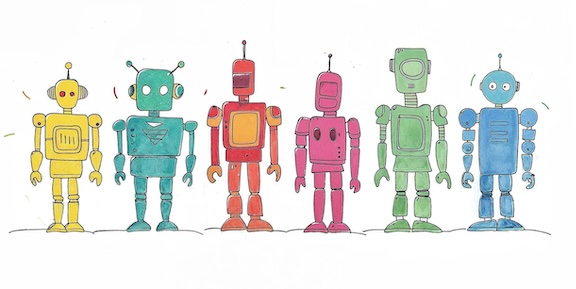In the world of cinema, it’s a given that a movie’s green light often hinges on its potential box office appeal.
Consider, a narrative centered around a globetrotting couple. Despite a lack of visible means of support the ongoing travels, they navigate the globe, accessing regions typically closed to tourists. Their journey, documented through photographs, reveals visits to clandestine locations, often entering countries through less-than-official means that border on the need for smuggling. Over years, their life has been meticulously chronicled in a diary, notable for its gaps in time. Amidst their travels, art pieces of significant value mysteriously vanish, some resurface within their estate, captured in the background of photos and one notable piece hanging behind a door, discovered after their passing. This suggests a dramatic shift from their humble beginnings in teaching to a clandestine existence as international art thieves, indulging in the thrill of the heist and the covert delivery of treasures to a clandestine patron, funding their extravagant lifestyle before they retreat to their secluded abode and an outwardly mundane existence.
Amidst this backdrop, one of them pens a novel about infidelity within a marriage, in a chapter where a gardener, discovered to be the paramour of one’s spouse, is fatally dealt with by the aggrieved party. This cinematic endeavor, titled “The Thief Collector,” opts for a narrow focus, sidelining the rich tapestry of international intrigue for a singular, albeit sensationalized narrative thread centered on the search of the gardener’s body near the residence. This choice represents a missed opportunity, eschewing a deep dive into the myriad mysteries that envelop their lives for a storyline that, while provocative, fails to fully capture the essence of their enigmatic existence. Consequently, the film may struggle to resonate with audiences, potentially languishing in obscurity without sparking the broader conversations it might have inspired. One is left to wonder whether the custodians of the couple’s diaries might someday encounter a storyteller genuinely invested in unraveling and presenting the multifaceted narrative woven into their extraordinary lives.
Please note that if you purchase from clicking on a link, it may result in my getting a tiny bit of that sale to help keep this site going. If you enjoy my work, perhaps you would consider donating to my daily cup of coffee, thank you.




